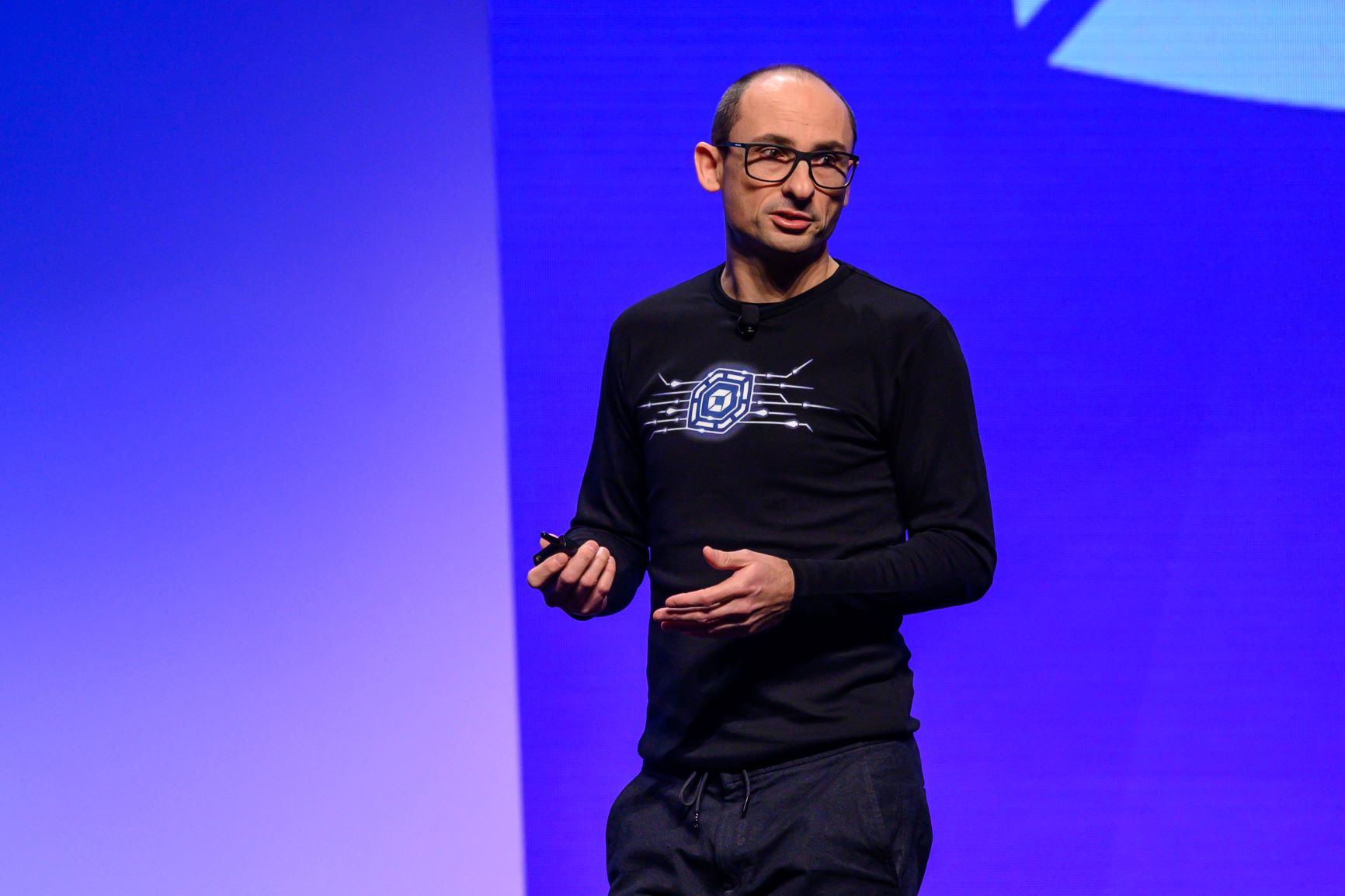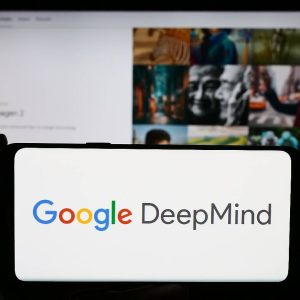
Every Monday morning we fire five questions at a leading C-suite figure in the business technology sector. Today we’re pleased to be joined by Bernd Greifeneder, Founder and CTO of software intelligence company Dynatrace
Bernd – Biggest Challenge for your Clients?
Like every great company in every industry today, our customers are transforming into software businesses. They’ve used a growing range of cloud services, platforms and technologies to drive this transition, allowing them to achieve their desired speed to market. However, this has also brought more complexity to our customers’ IT environments, which many were struggling to manage. We helped them to overcome that with software intelligence, which uses AI to offer visibility far beyond what could be achieved using just human capabilities.
 However, gaining that visibility was only the beginning of what our customers needed to achieve, and they are now on the journey towards an Autonomous Cloud. The goal is to reach a state where operations are largely automated, with self-healing capabilities to provide the best possible service experience for end-users, even in the most agile cloud set-ups. The goal is not to cut costs, but to shift engineer resources from tedious ops tasks to more business-oriented value-creation tasks.
However, gaining that visibility was only the beginning of what our customers needed to achieve, and they are now on the journey towards an Autonomous Cloud. The goal is to reach a state where operations are largely automated, with self-healing capabilities to provide the best possible service experience for end-users, even in the most agile cloud set-ups. The goal is not to cut costs, but to shift engineer resources from tedious ops tasks to more business-oriented value-creation tasks.
This is now one of the biggest challenges for our customers; they know they need to work towards the Autonomous Cloud, but technology can only take them so far.
A culture change is also needed, but this requires a lot of tough work. Companies must take a top-down approach, breaking silos to establish BizDevOps teams, shifting-left to incorporate full automation into the entire continuous delivery cycle, and ultimately shifting headcount budgets from operations to R&D. What we’re doing is helping them to attack this challenge, as real-world feedback on user-experience and service adoption is changing people’s mindset a lot. This is helping to deliver the culture shift that’s needed, but our customers still need to ensure this culture shift is happening from the top down.
Technology that Excites you Most?
There are so many areas that I find exciting when it comes to new and emerging technologies. Electric vehicles, like cars or drones, seem set to take over the world and we’ve already started to see the development of digital implants to augment and extend human capabilities, which is fascinating.
A more immediate technology I’m intrigued by is the rise of microcontrollers and the Internet of Things (IoT) and how that will revolutionise how businesses operate, by enabling tasks like predictive maintenance, real-time inventory control and fleet management. Organisations must get on the front foot to ensure the complexity of their enterprise cloud environment doesn’t impact the performance of IoT ecosystems, ensuring they can reap the rewards of a more connected future.
What I do think is interesting is the liberal use of the term AI. We hear terms like machine learning, deep learning, natural language processing and chatbots on a daily basis – all of which we associate with artificial intelligence. But AI comes in many different forms and I think it’s important for us as an industry to be careful not to be too general, and avoid treating all AIs as equal. For example, Amazon has hundreds of employees working to manually review and code Alexa’s capabilities so that it can understand customer queries. This need for human intervention shows that AI still has a ways to go. Deep learning methods such as those used for Go and Chess have already shown they can beat humans, but you wouldn’t use that AI to monitor complex IT environments and identify performance problems. This is due to the dynamic nature of the complex IT environment – it is not a confined space with defined rules; it is constantly in flux and so there is no time for lengthy learning.
The way we’re able to use deterministic AI at Dynatrace really excites me, because it brings true causation and instant-learning to the table, which is something I see as a requirement for an explainable and precise orchestration of an autonomous cloud. With all the deep-learning hype, however, I think there is definitely a need to educate end users on which type of AI is most suitable for specific use cases.
Greatest Success?
Before I founded Dynatrace, I was CTO for Segue Software Inc., which later became part of Borland and Micro Focus thereafter. One of my goals when I first founded Dynatrace was to beat Segue Software Inc.’s best year – a bit of healthy competition with my previous employer! Dynatrace’s product exceeded that goal in 2012, which has always been something I’m proud of.
But my greatest success would be Dynatrace’s reinvention. Dynatrace traditionally operated in the application performance management (APM) space, but in recent years we completely reinvented ourselves to become a software intelligence company. Six years ago, we decided to build a completely new platform for the world of cloud, dynamic microservices, IoT and DevOps. We saw this shift coming and realised we needed to transform for a cloud native era – our mission was to reinvent monitoring and the result has been a platform that does that and so much more. Ultimately, that reinvention led to our successful IPO last month, which was an incredibly gratifying milestone as we began the next stage of our company’s evolution.
Worst Failure?
As a student, I printed 1,000 t-shirts to sell to people to fund a pub crawl, where the drinks were complementary. I did conduct a small bit of what I guess you could call ‘market analysis’ upfront and everyone I showed the shirt prototype to thought it was a great idea. However, once I had the shirts printed, the opinion of those very people changed when it came to parting with their money, saying things like “oh, I would only wear it if it was black”. In the end, I only sold about 400 t-shirts and barely made up the cost. So, the lesson I learnt was that market analysis is useless if you don’t have any firm financial commitments from potential customers.
In Another Life I’d Be…
To be honest, I’m pretty happy with where my life has ended up, but if I had to choose something else, I’d be a high-tech catamaran sailor gearing up to win the next America’s Cup, plus have more time for my family and kids too.






